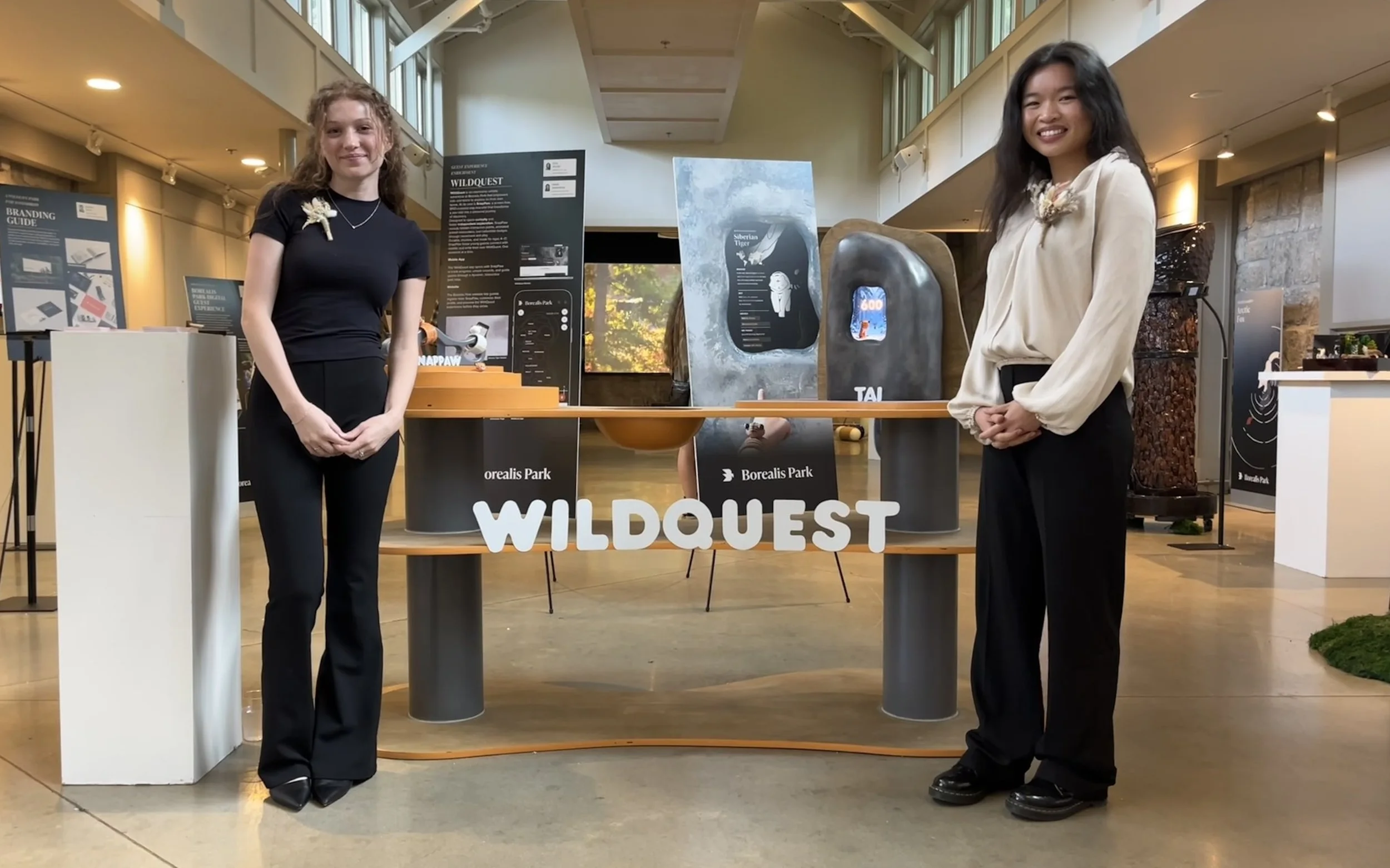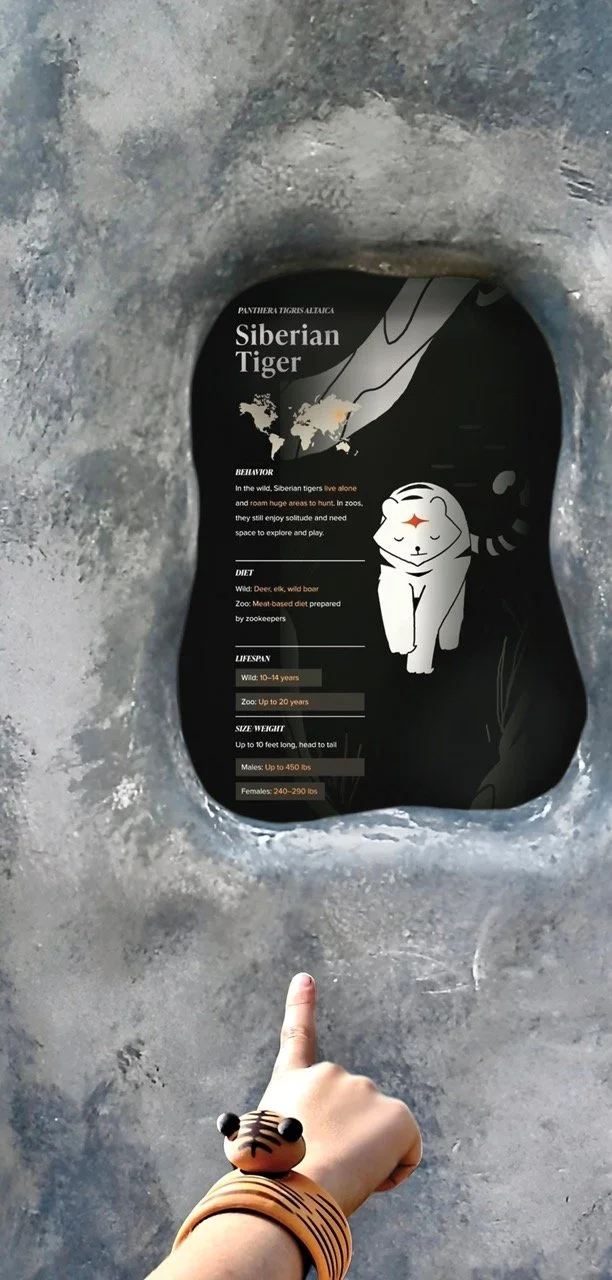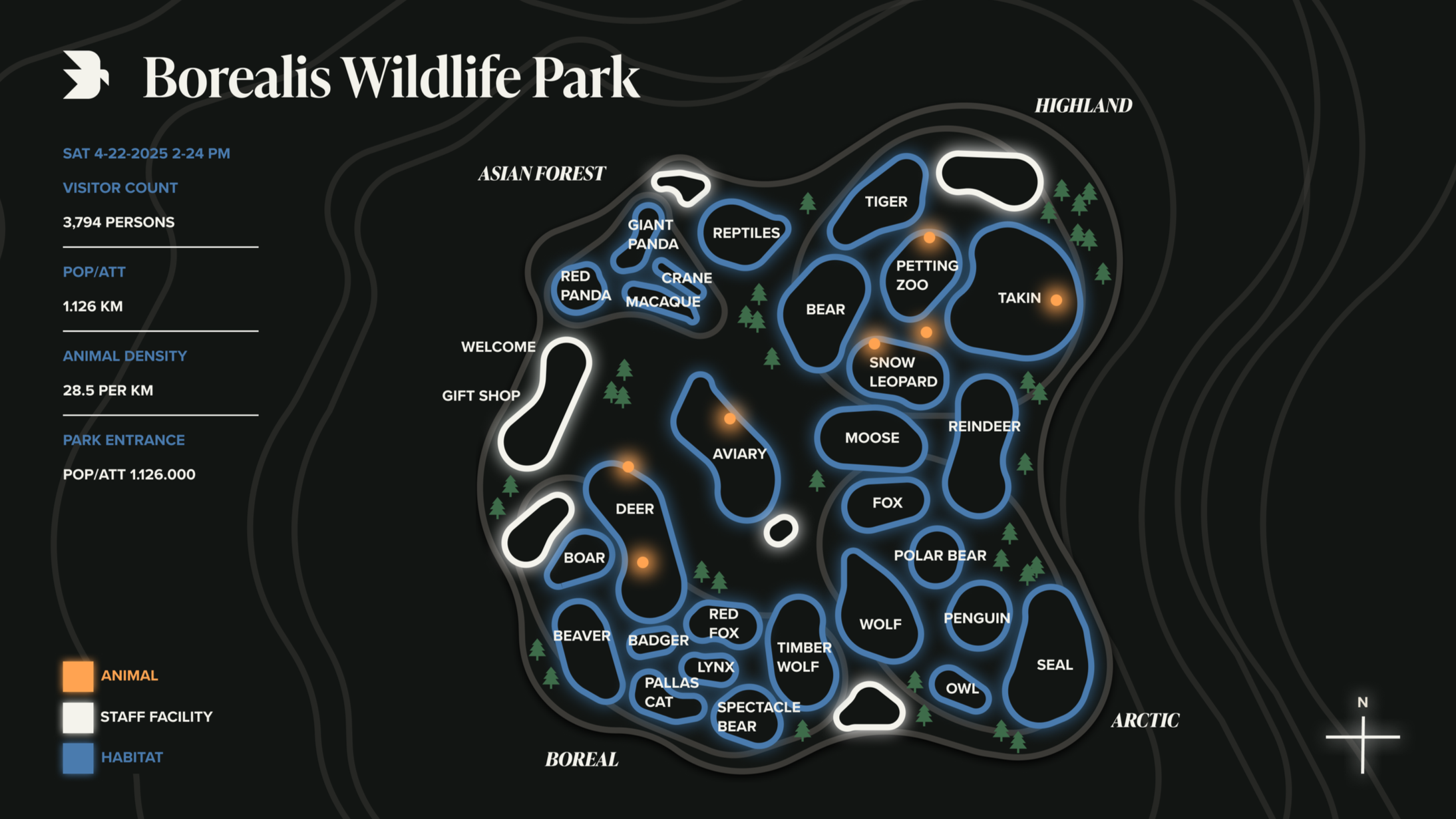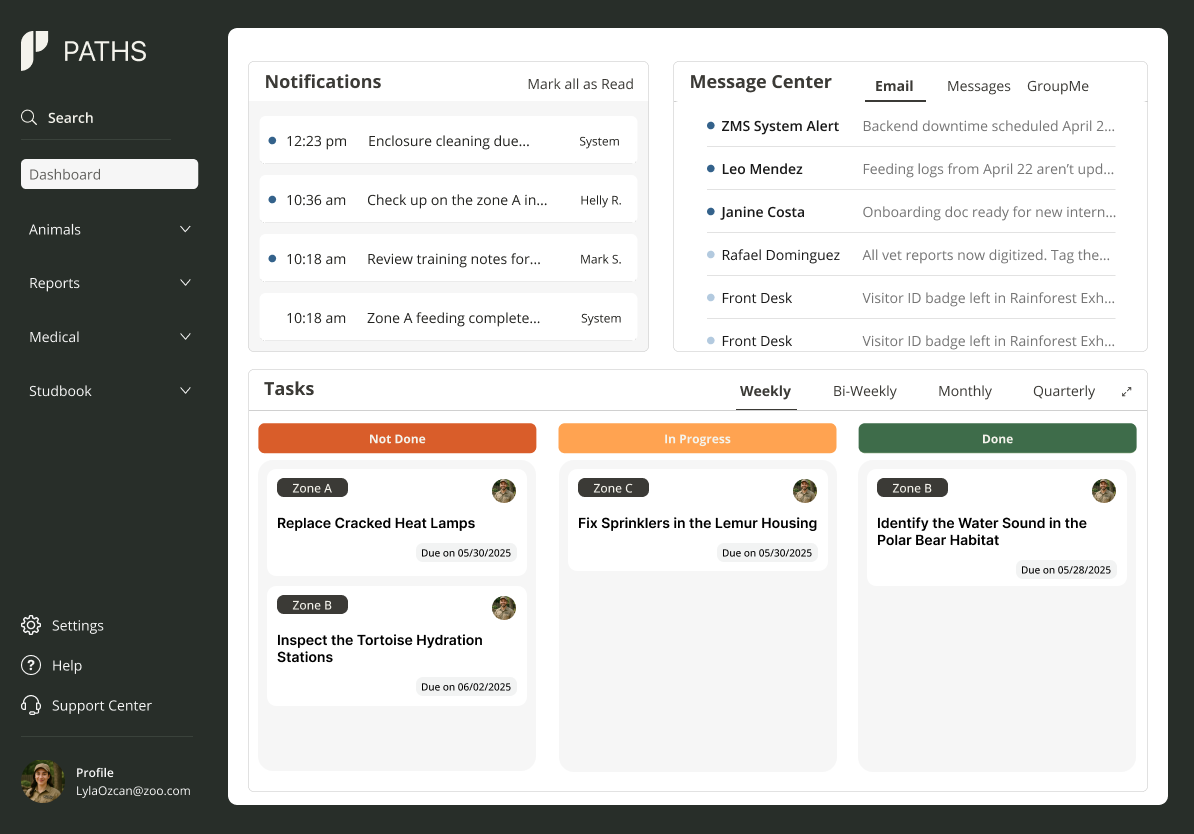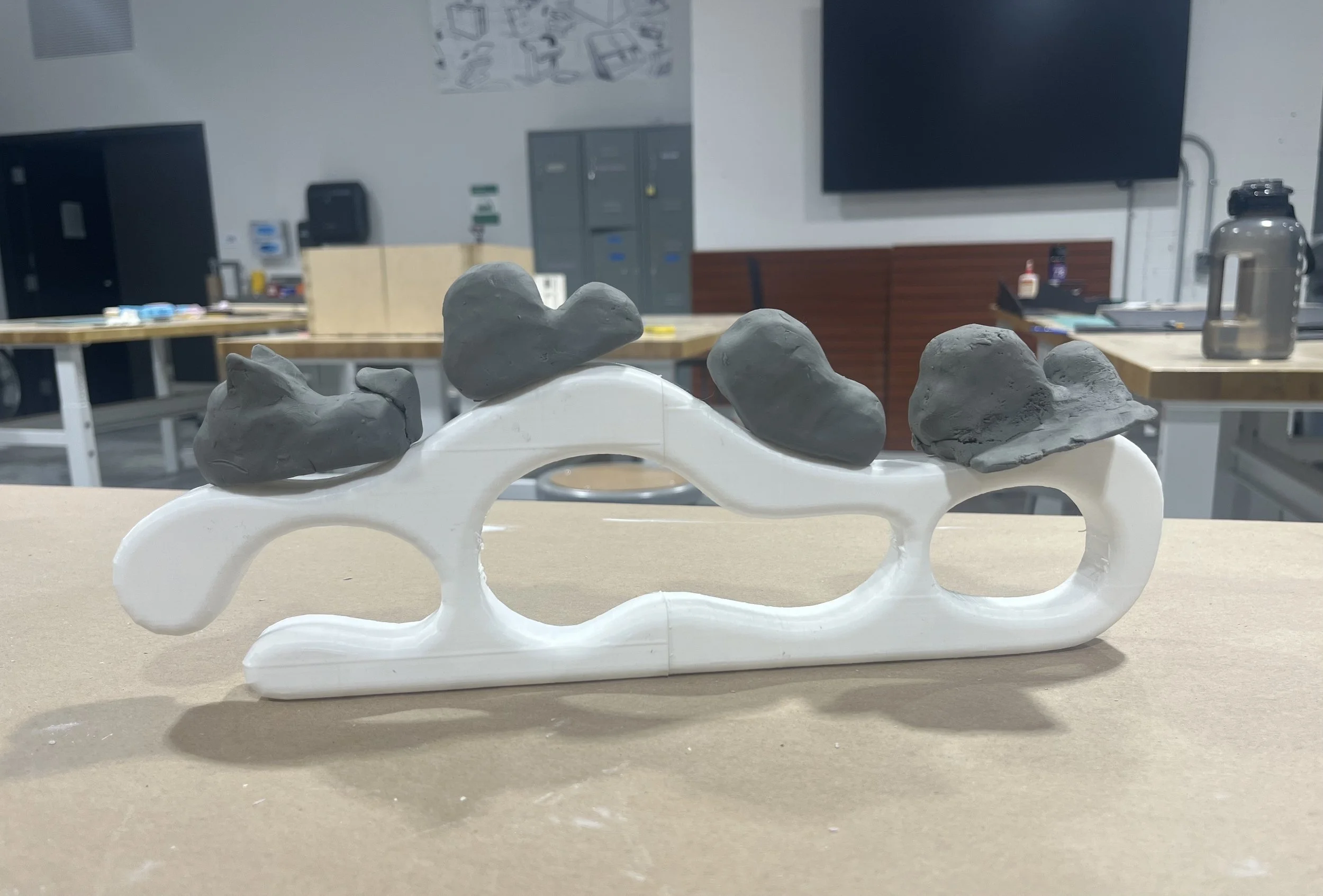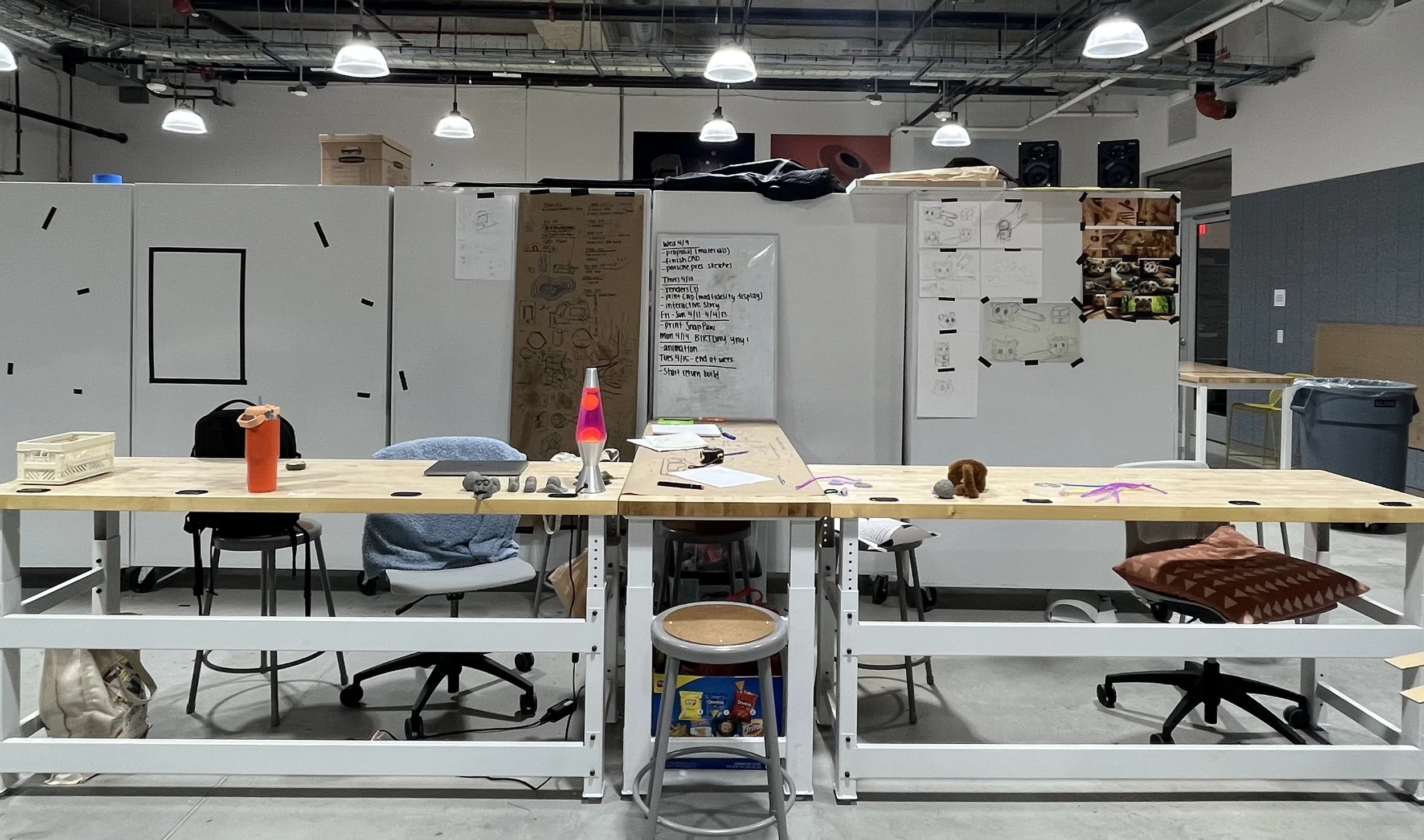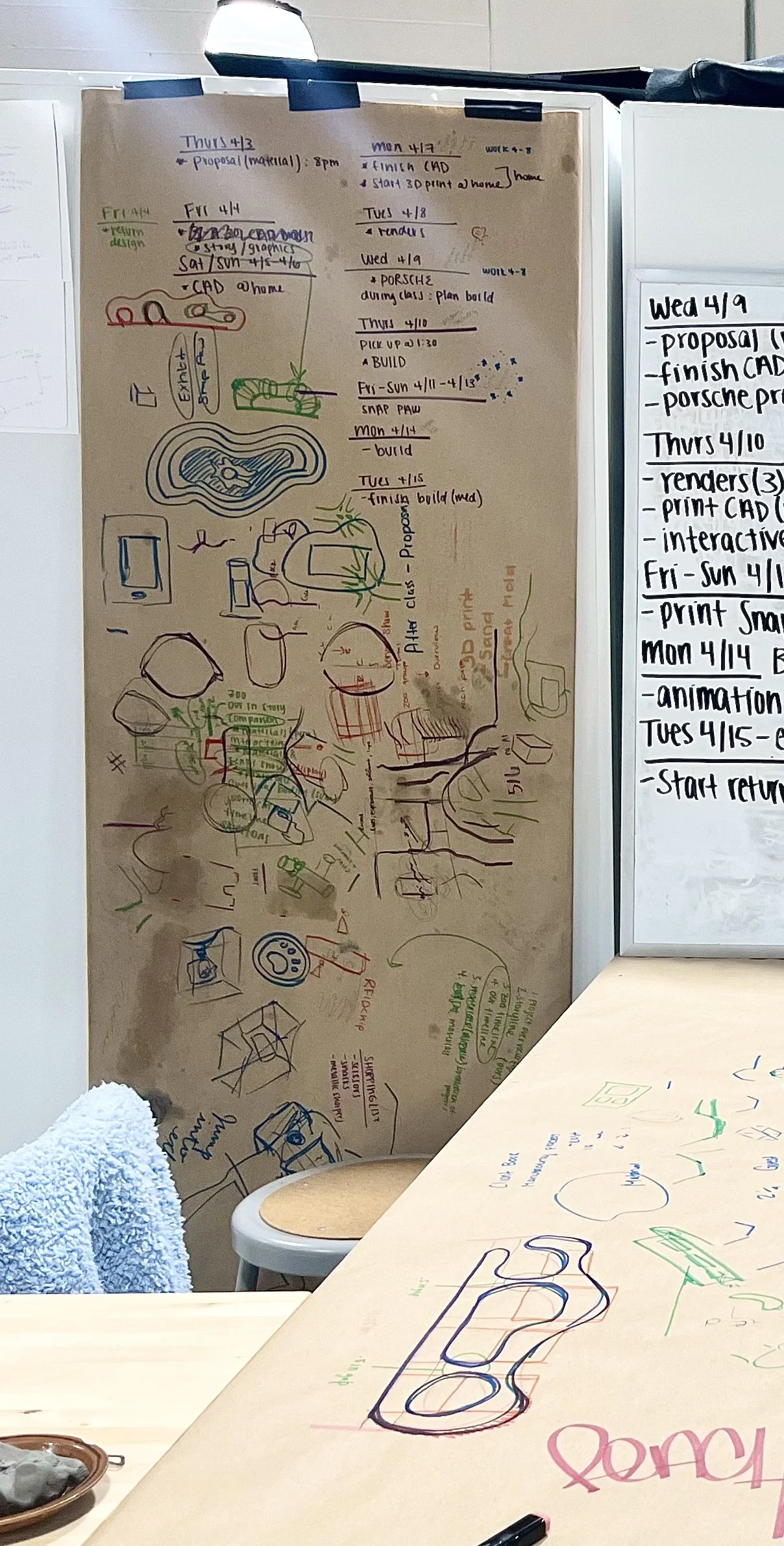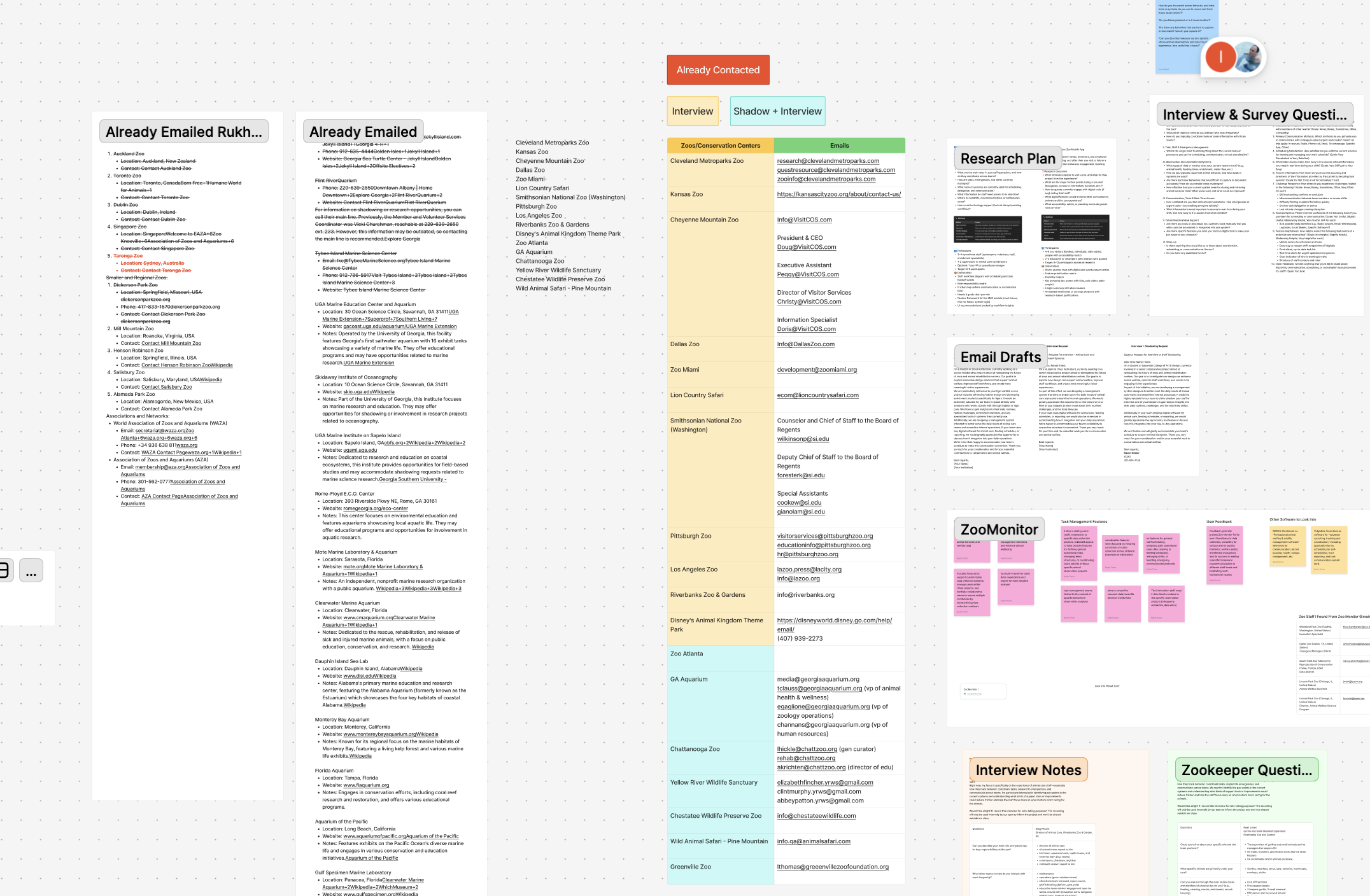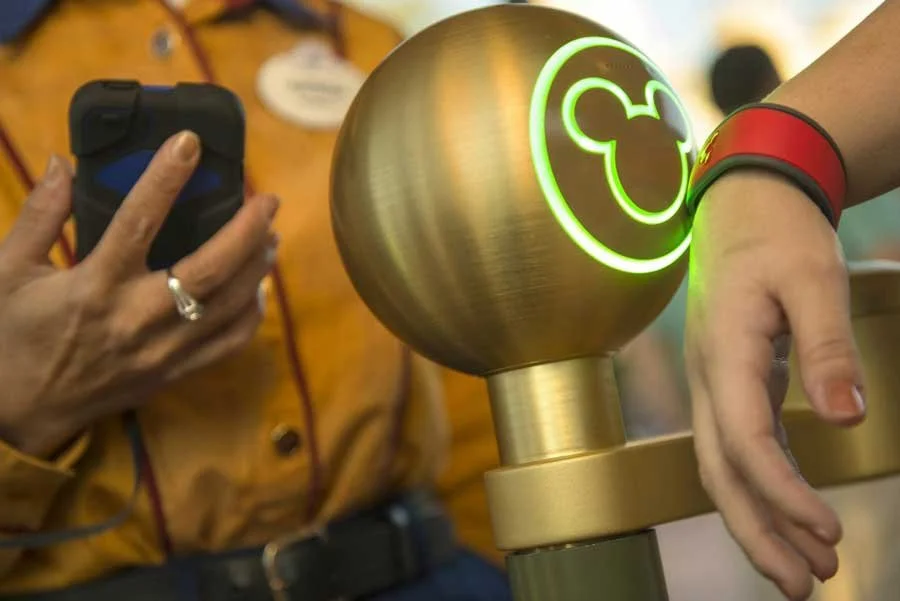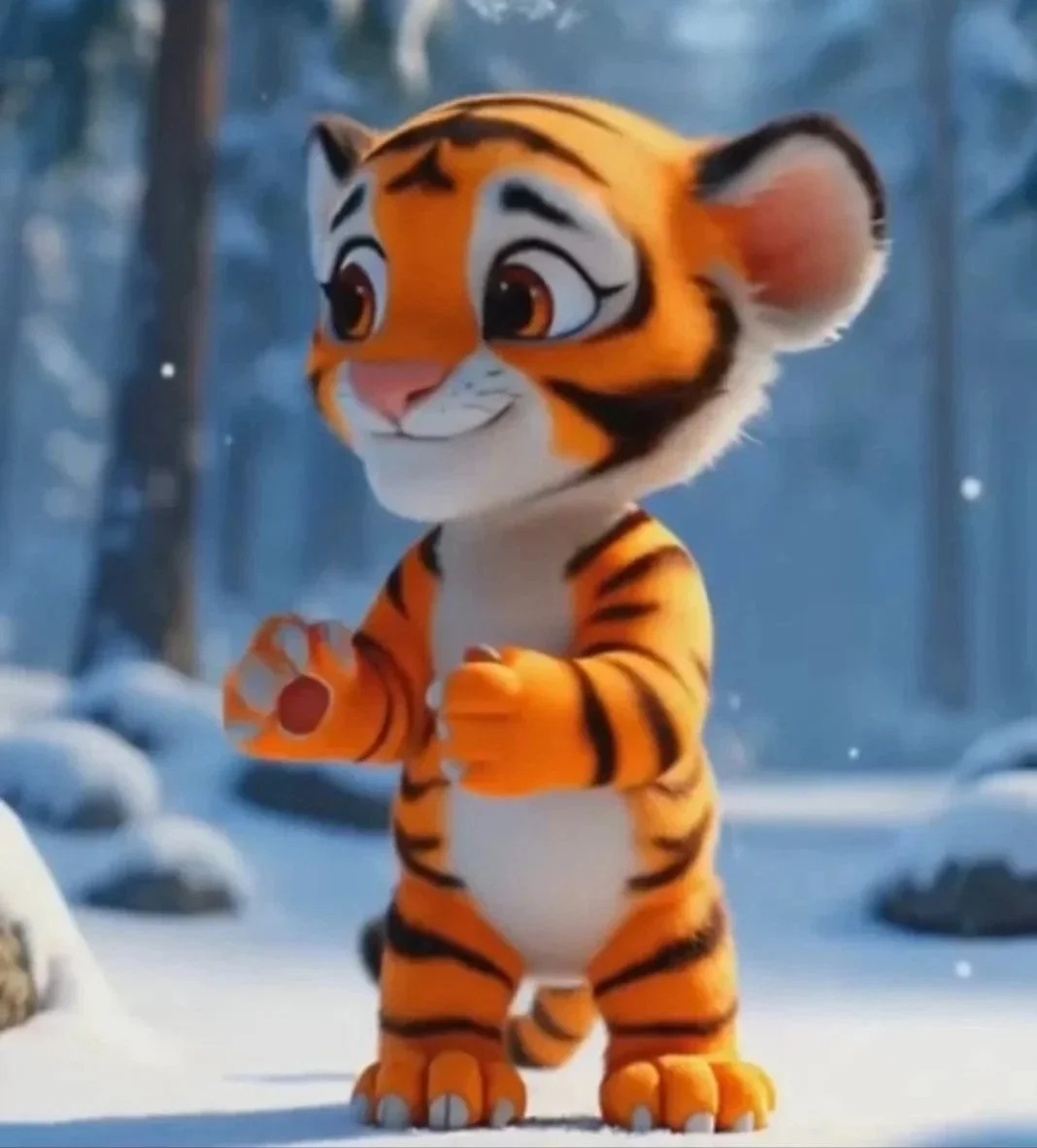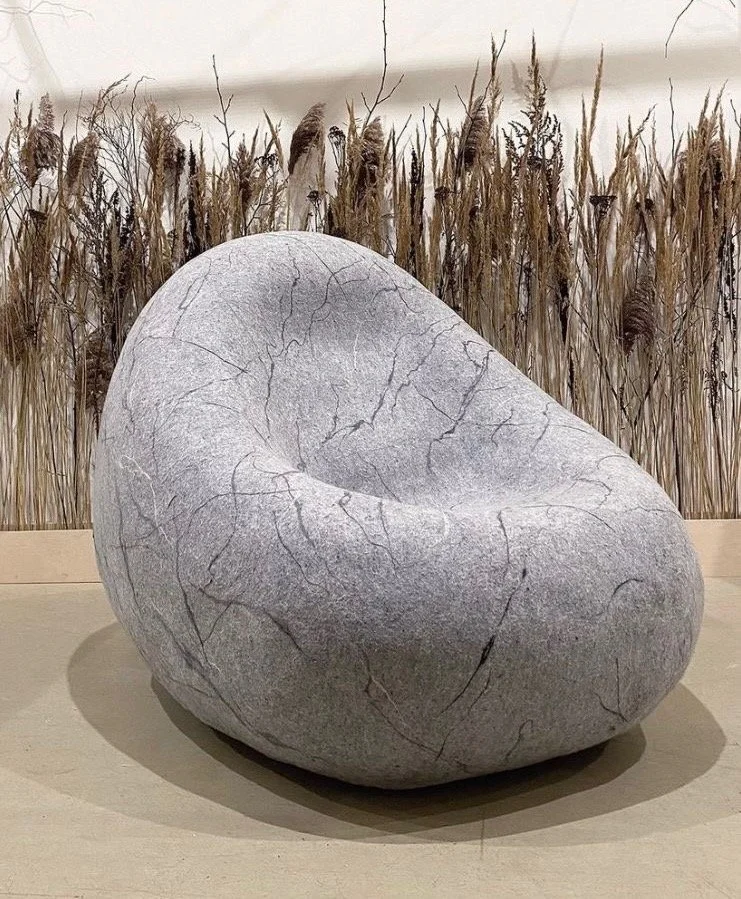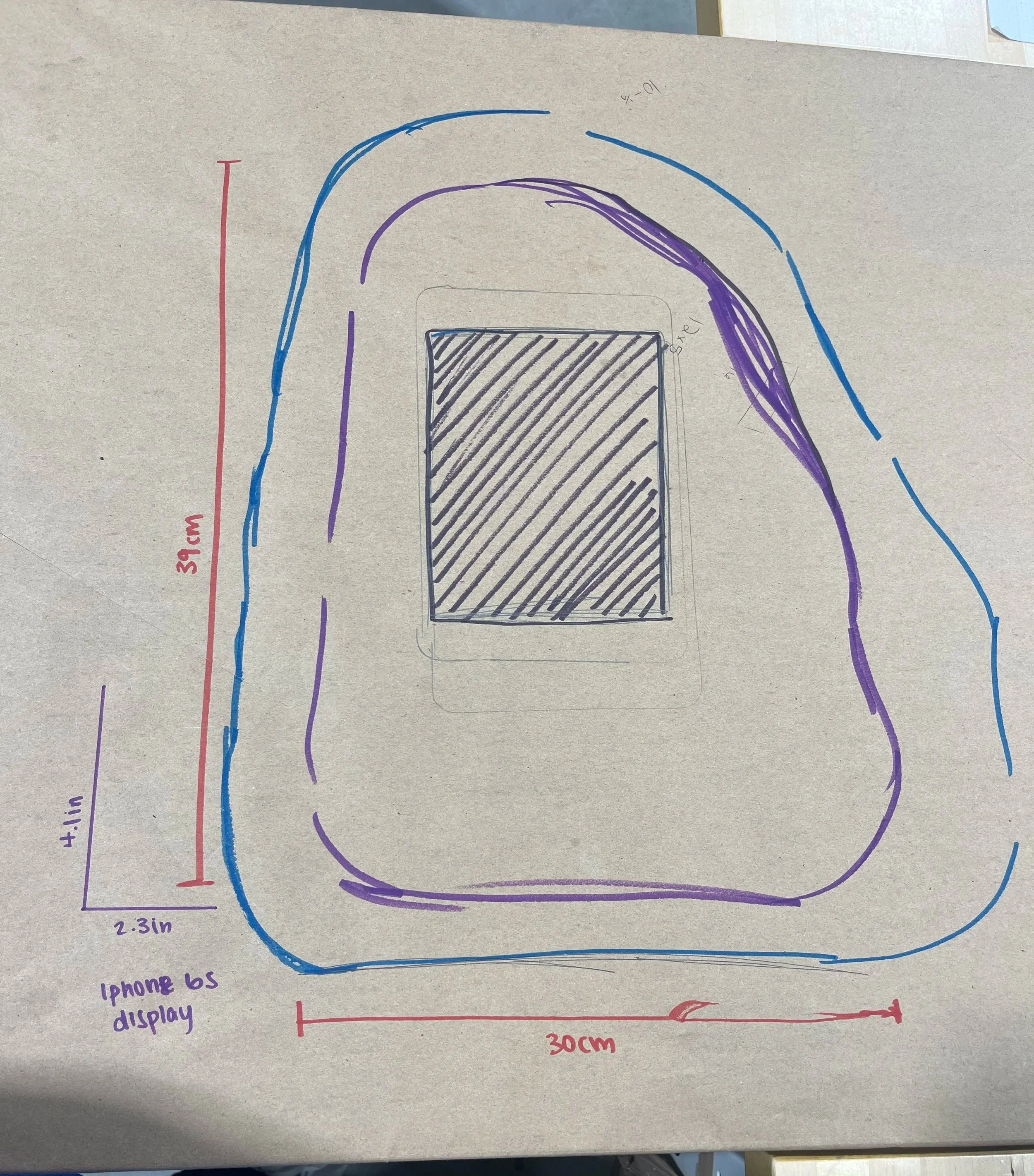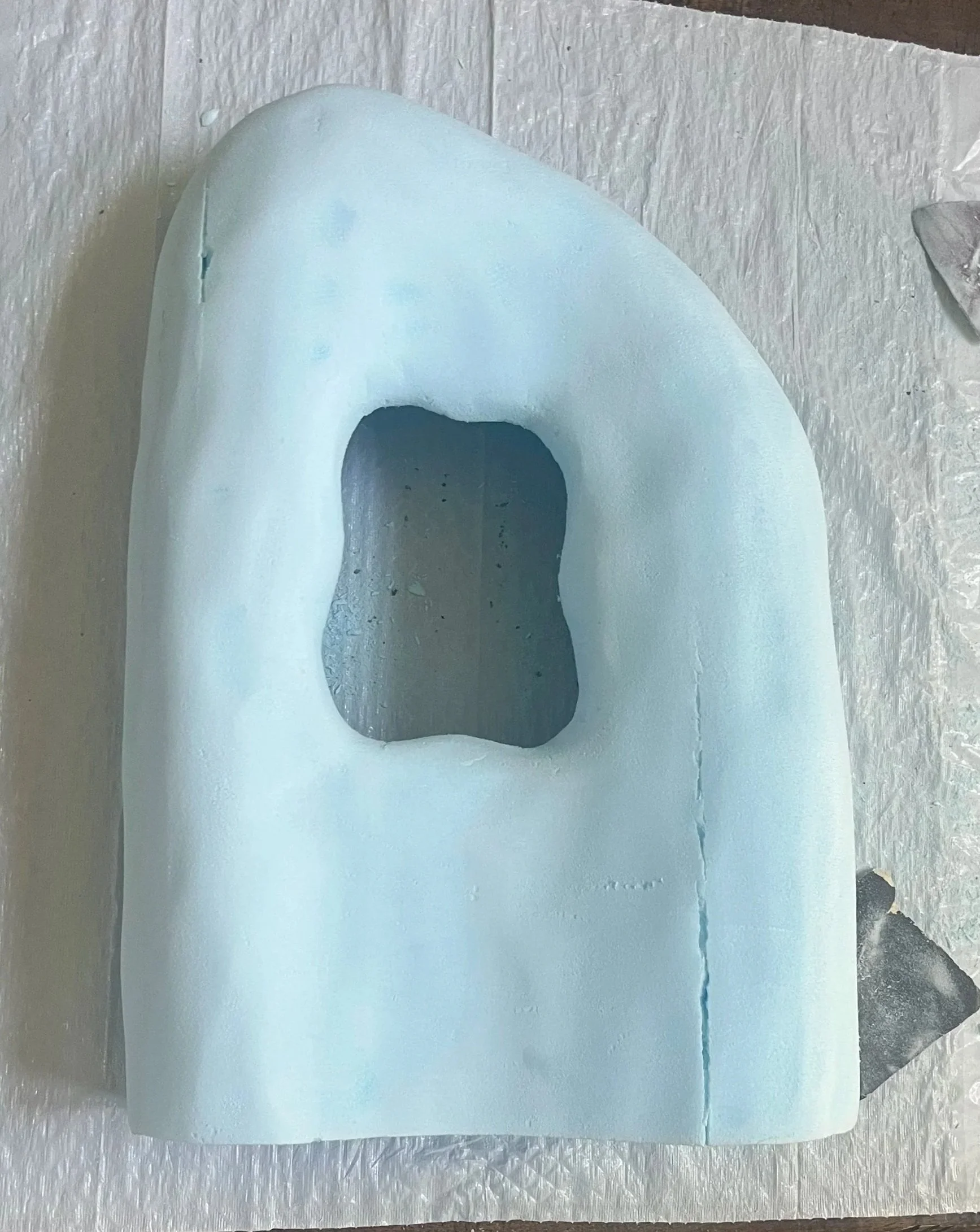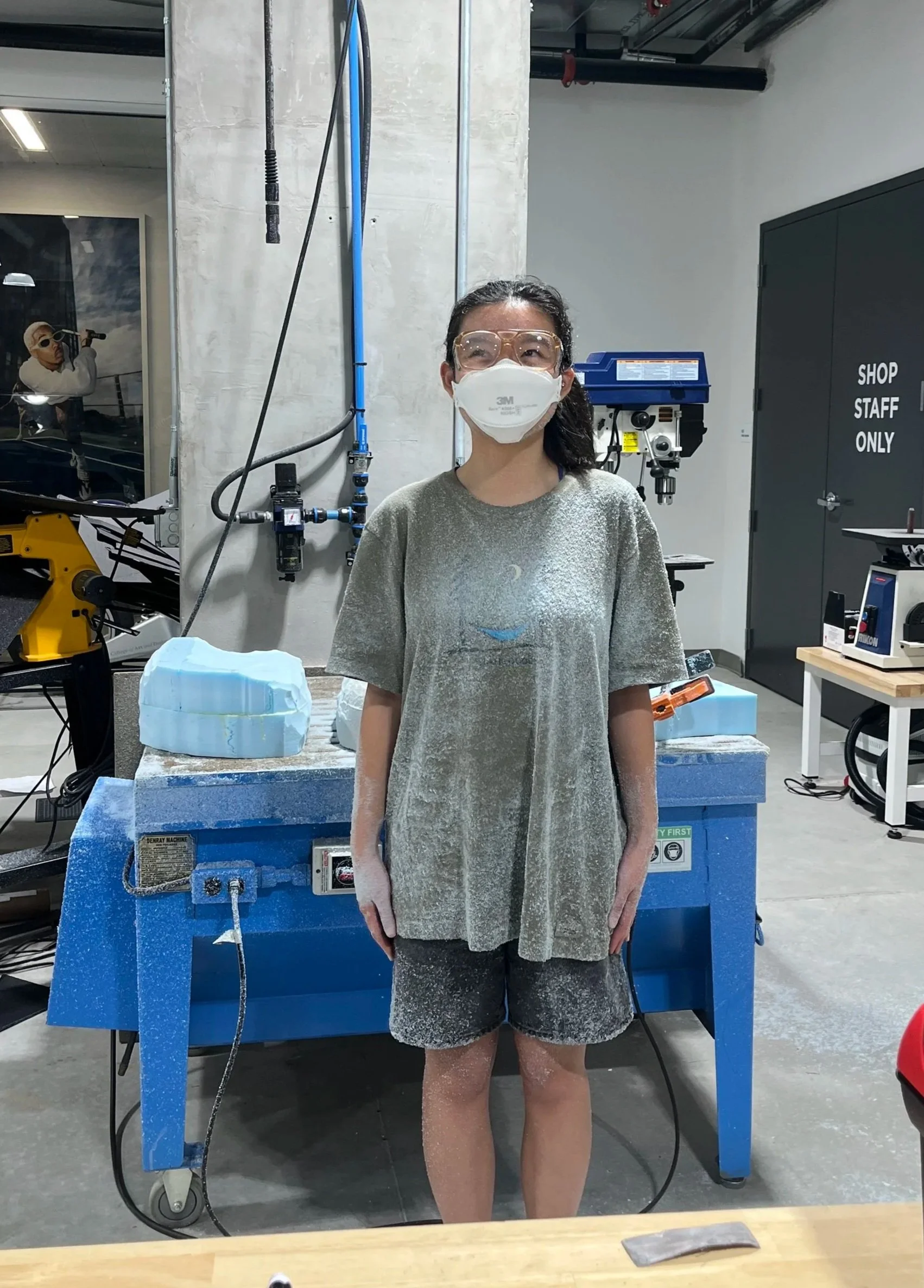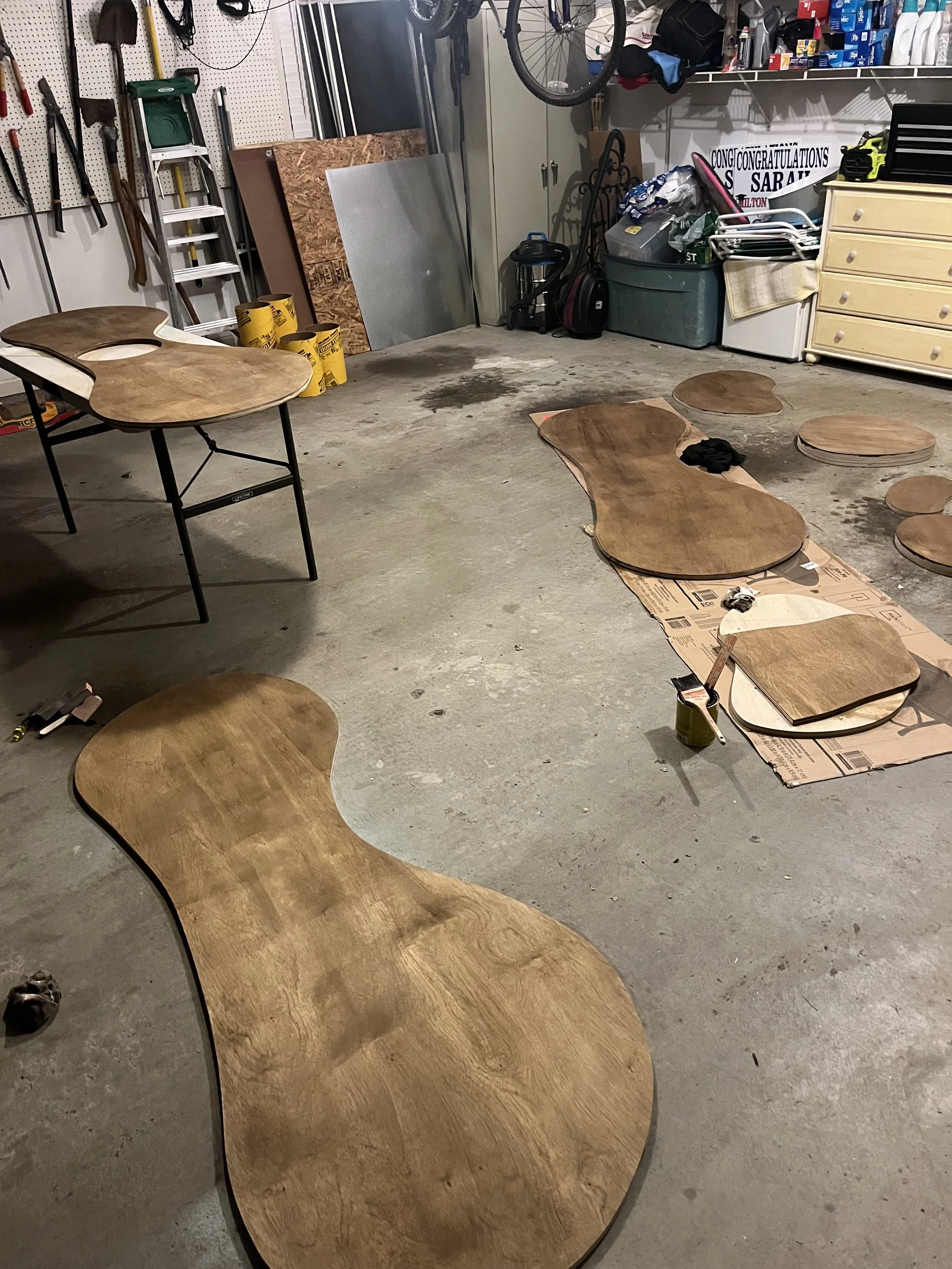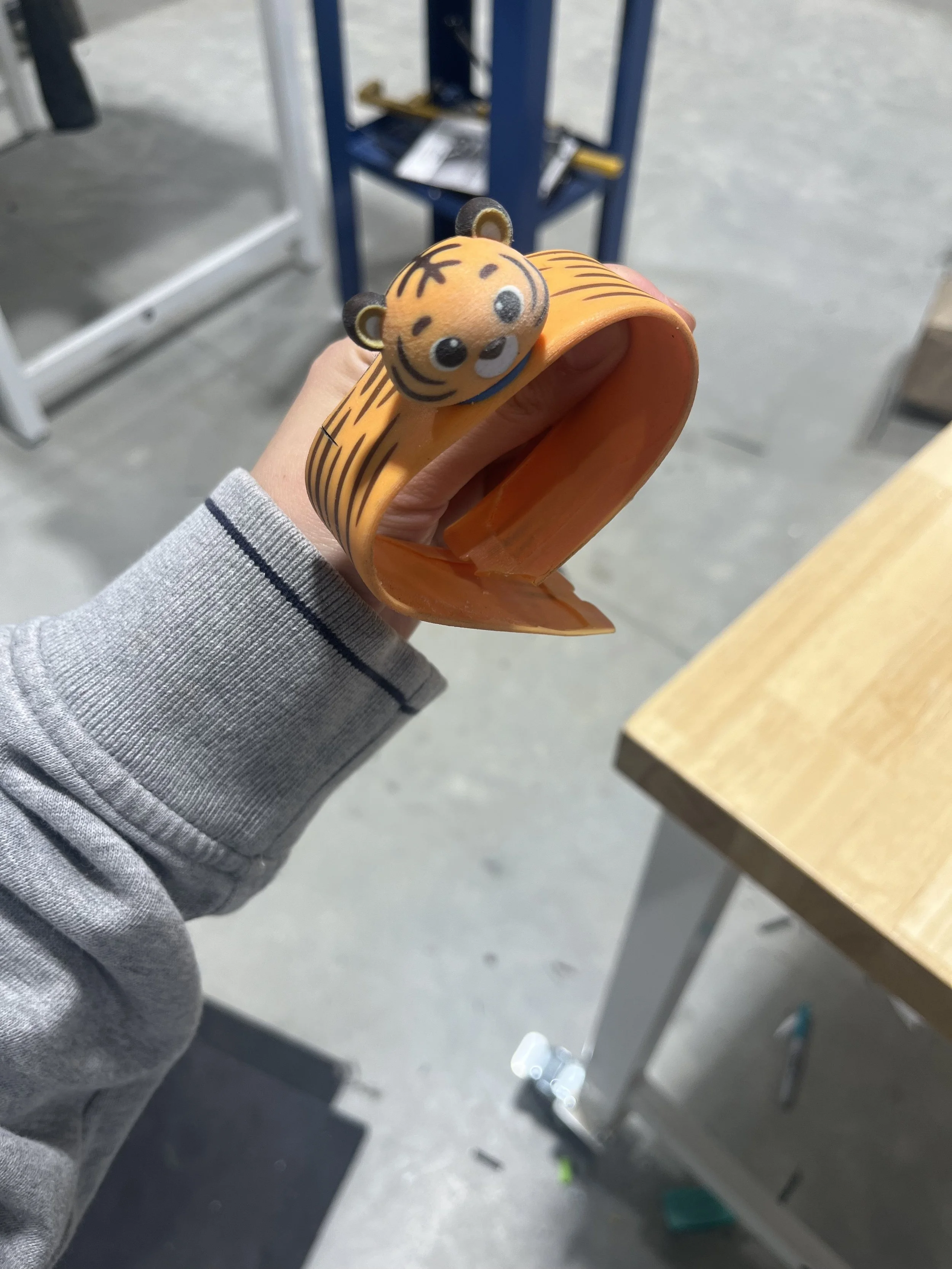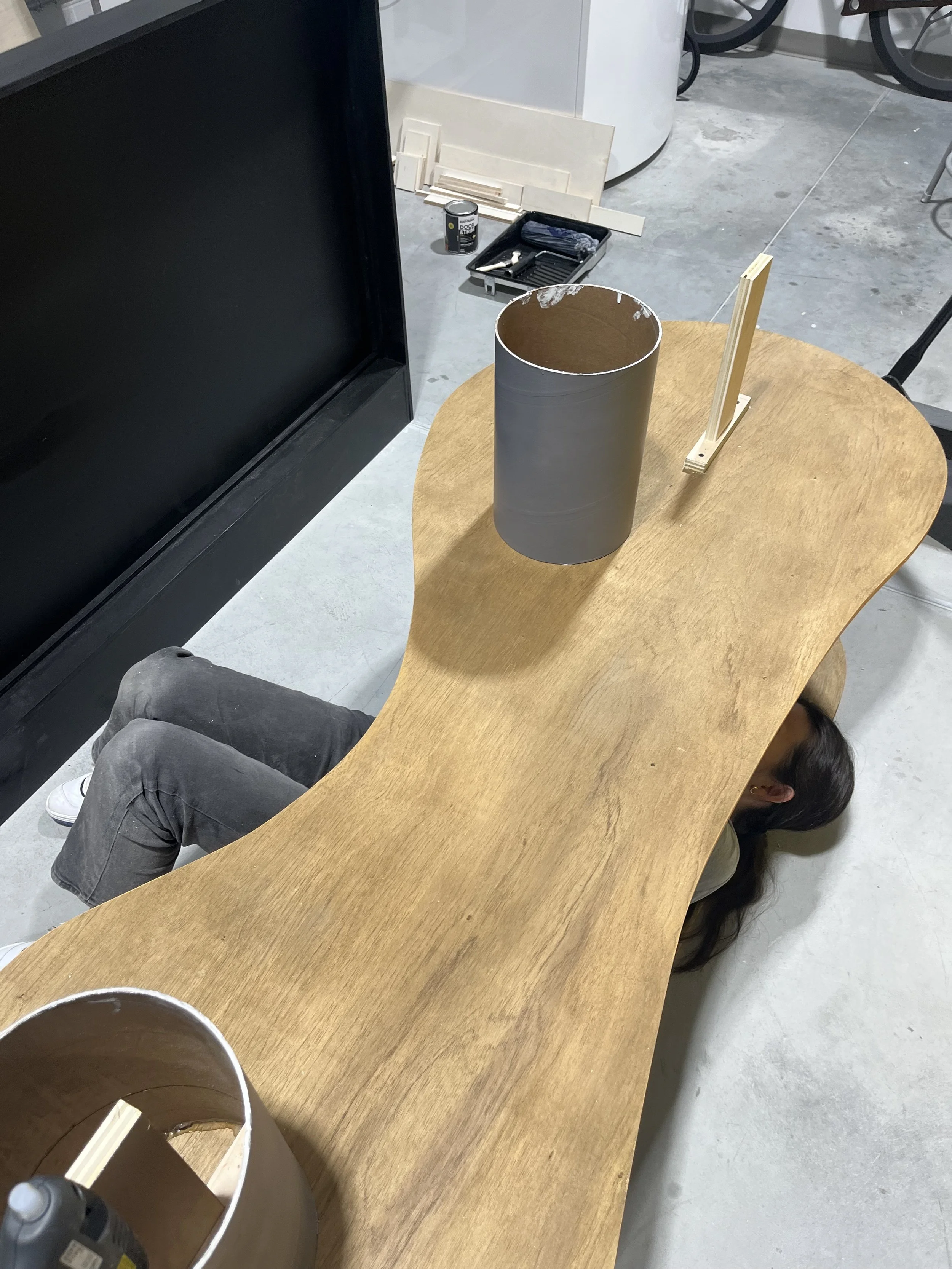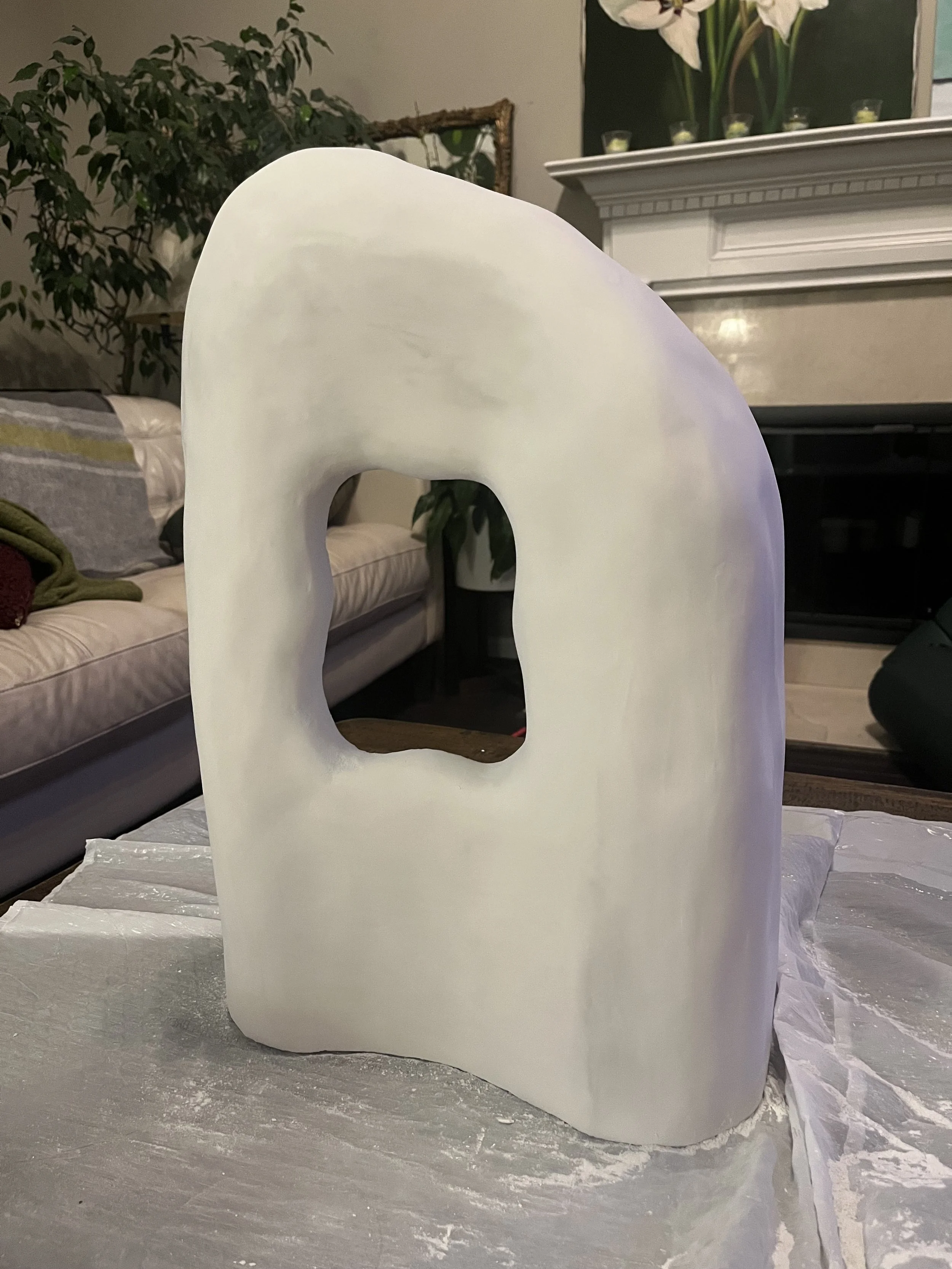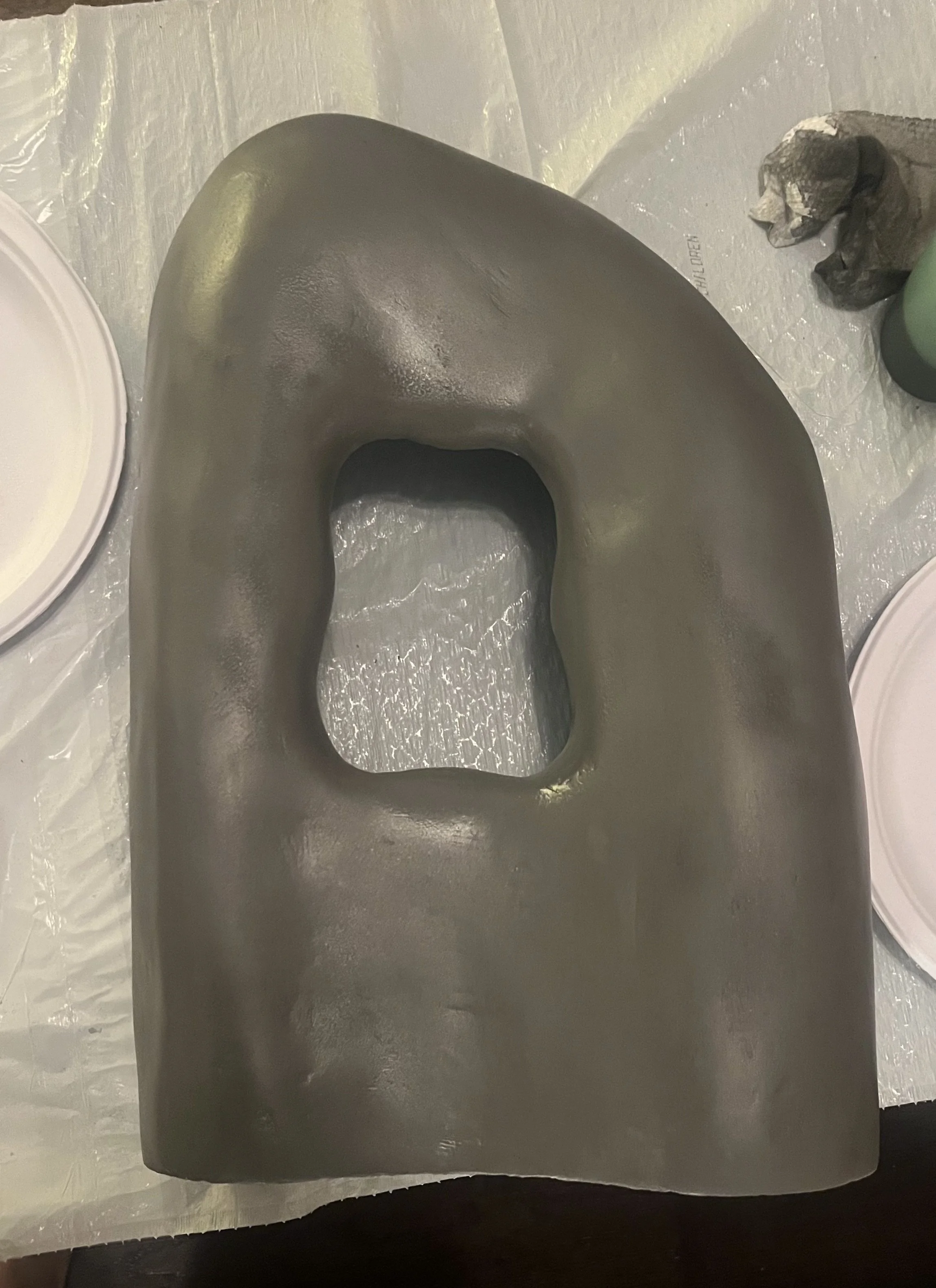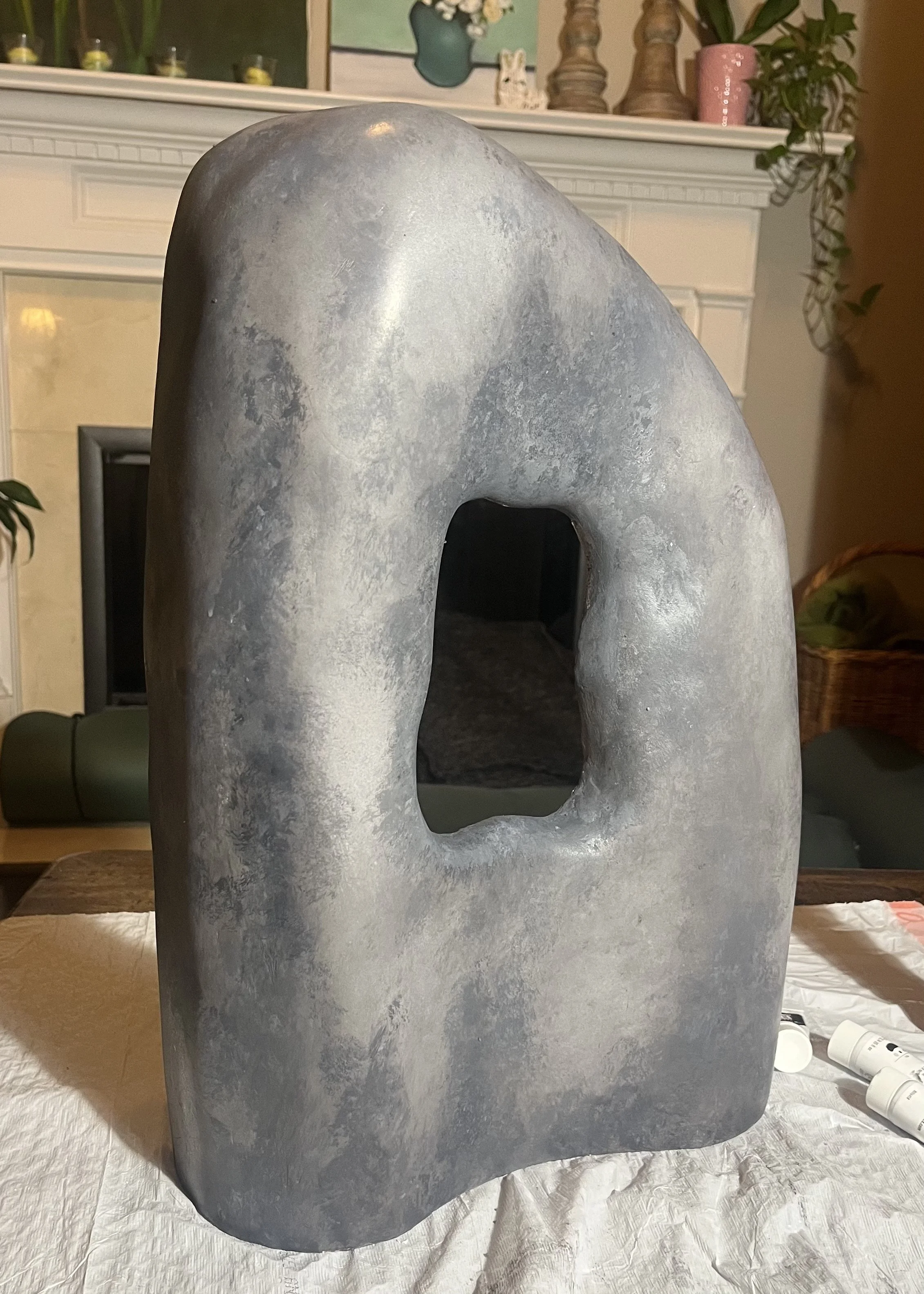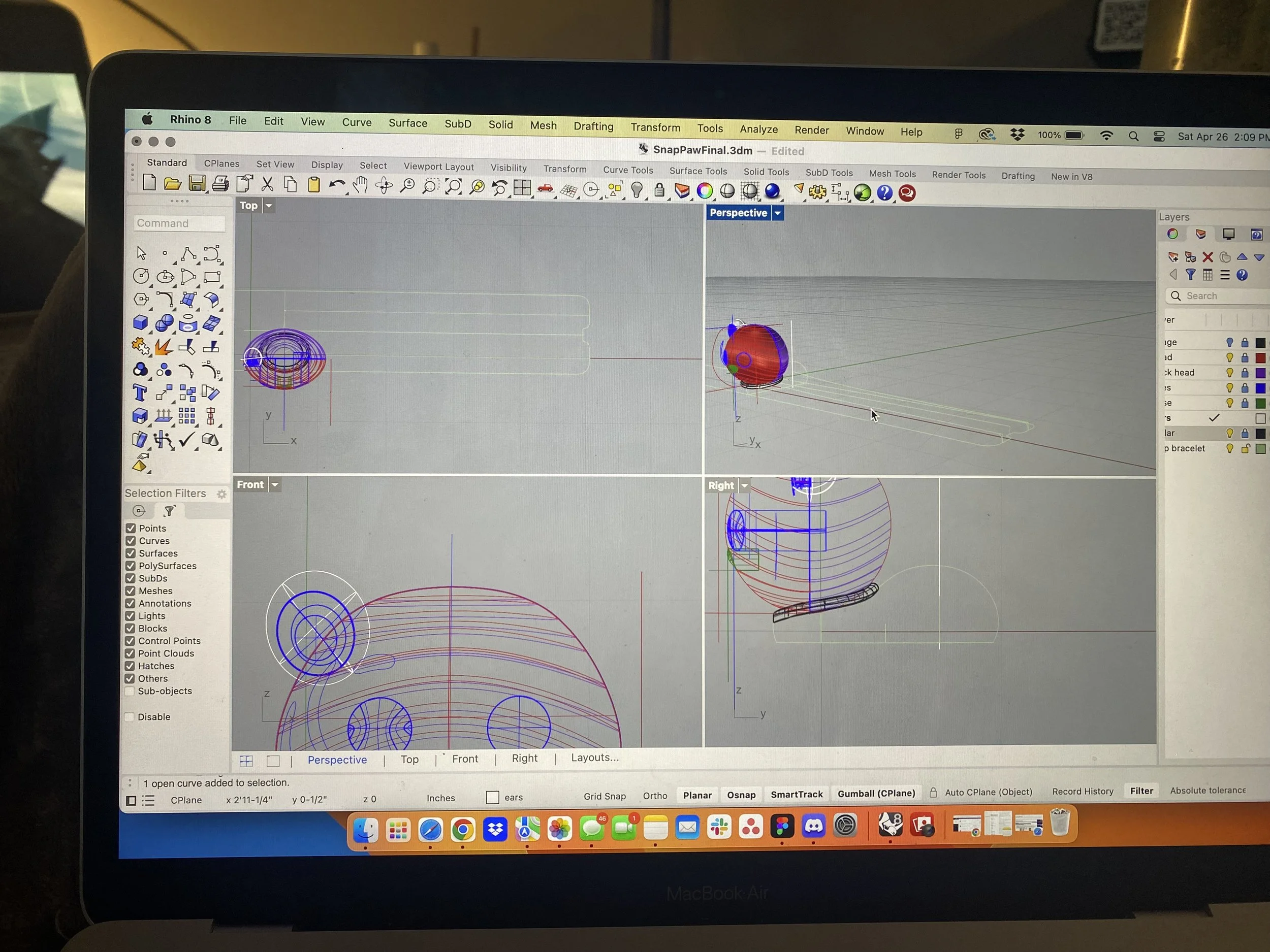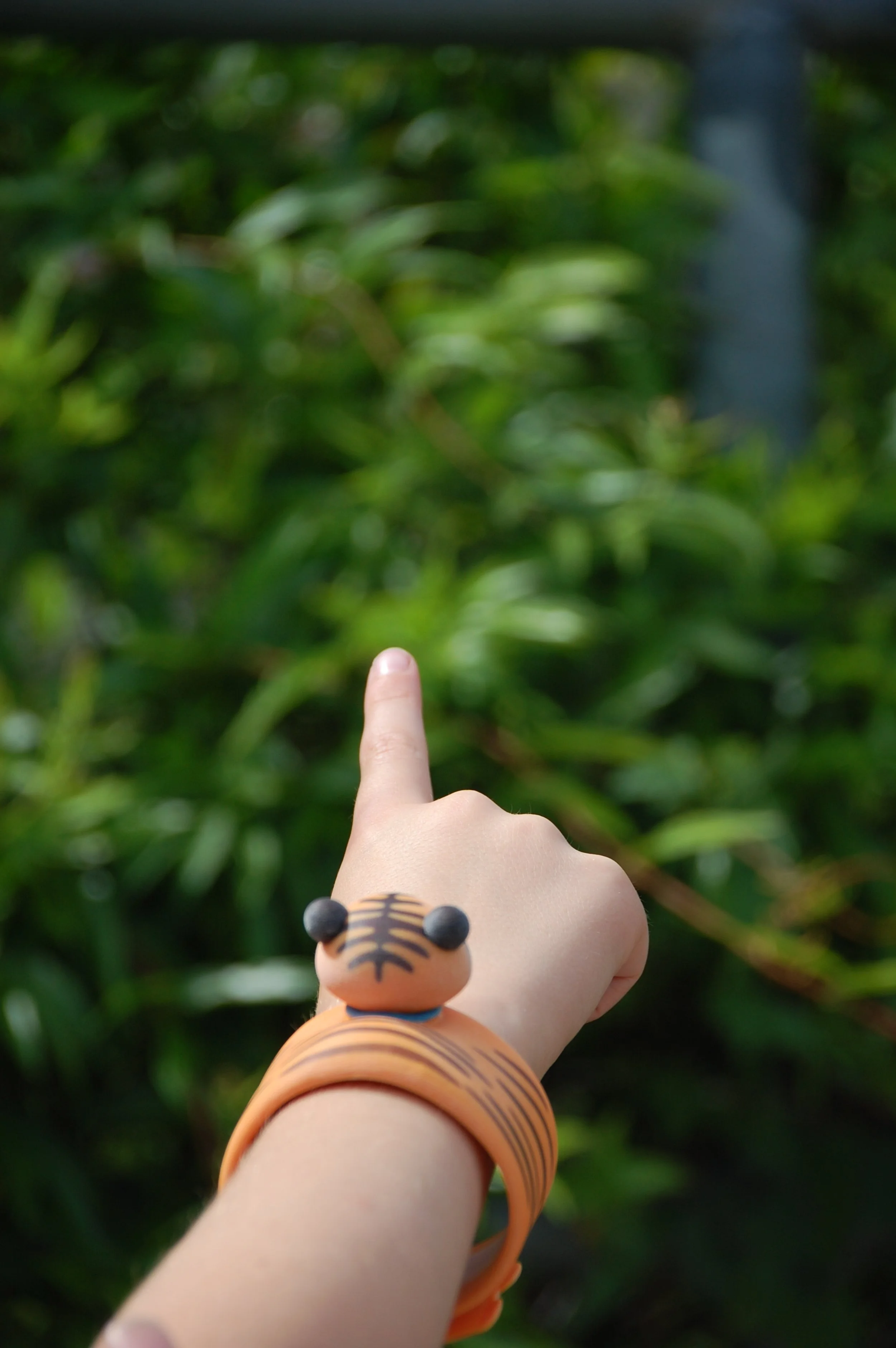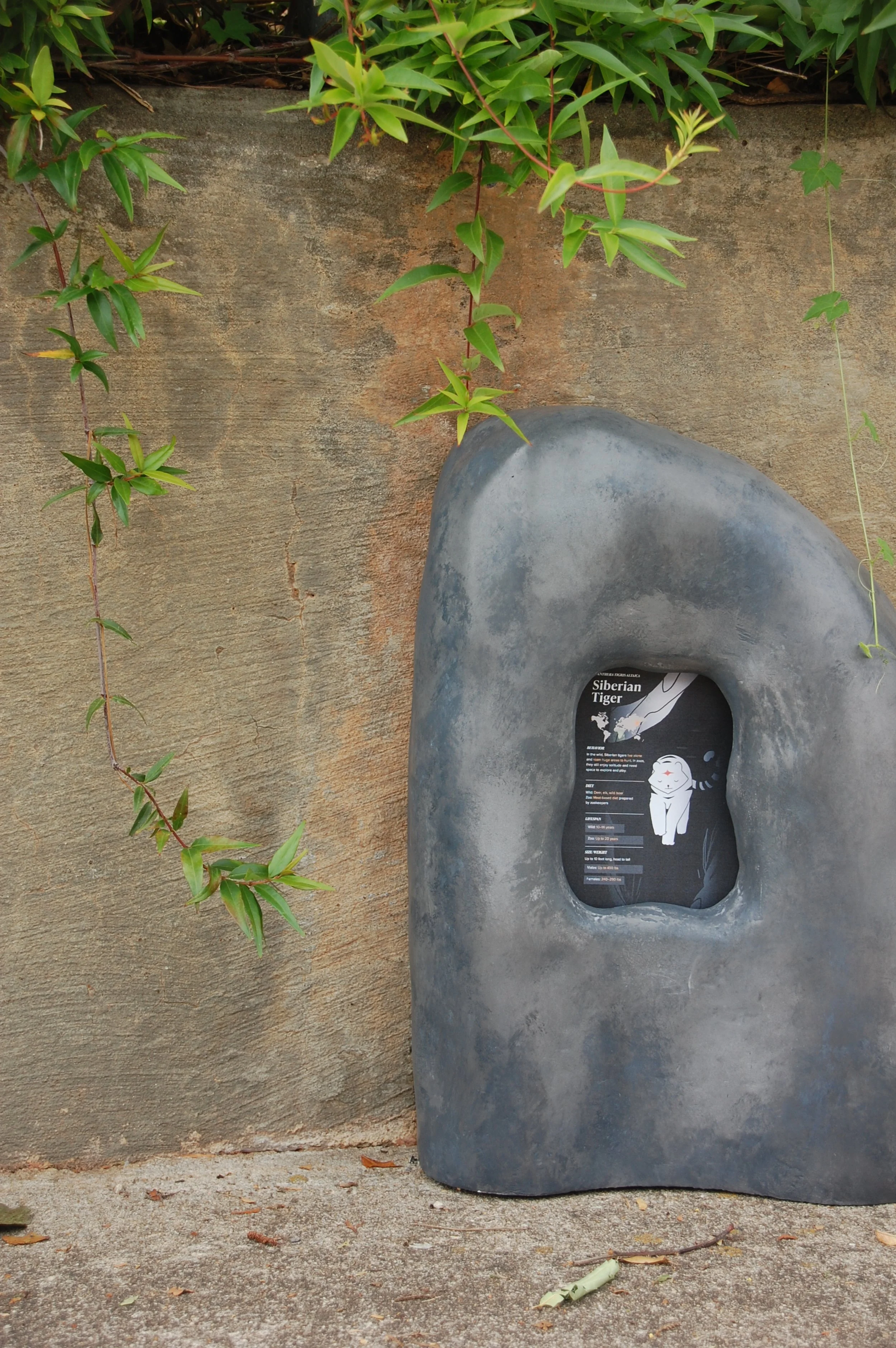WildQuest
an interactive wildlife adventure at Borealis Park, a reimagined zoo experience, that empowers kids and teens to explore on their own terms
Design Role
Industrial Designer
Skills
Research Methods
Sketching
Rapid Prototyping
High-Fidelity Prototyping
Tools
Figma
Rhinoceros 3D
Keyshot
For this project, a team of four industrial and ten user experience designers came together to reimagine the zoo experience. We developed a website, app, zoo management system alongside several other deliverables to make our wild park adventure come to life.
As an industrial designer with a focus in guest experience, I explored how integrated technology, storytelling, and interactive physical elements could enhance the early age (3-13 yo) experience. Our solution prioritized connection, education, and exploration, reshaping guest outlook on conservation.
Media
Team
Gabrielle Smith
Contribution
Guest Experience
WildQuest
What fundamental obstacles do zoos face today and why do they often remain unaddressed?
Though over 95% of zoos are part of conservation programs, most zoos are understaffed and not adequately equipped.
Research Methods
On-site visits
Virtual Interviews
Visitor Interviews
Key Takeaways
What happens when zoos are understaffed and not adequately equipped?
Zoos struggle to create meaningful visitor engagement, as many guests leave without developing a deeper connection to nature or curiosity about wildlife while the lack of integrated technology and automation burdens staff with manual tasks, reducing their capacity for direct animal care, enrichment, and medical attention.
1. Many zoos face challenges in monitoring animal well-being, environmental quality, and long-term health trends.
2. Traditional exhibits don’t fully engage or educate visitors
3. Many zoos rely on outdated data tracing, manual work tools, and disconnected systems for all aspects like animal care and operations.
The Big Picture
Zoo management system (Ilayda Ozcan)
Transitional Spaces (Charlotta Rinta-Koski)
a utopian vision of what a zoo could be, brought to life by a team of fifteen designers (extended group) passionate about transforming the future of animal care, visitor experience, and operational efficiency.
Website/ App (Cole Thompson)
Park Layout/ Map (William Ericson)
How might we reframe and leverage the guest experience to alleviate some burden on zookeepers, while fostering empathy for wildlife and promoting conservation awareness?
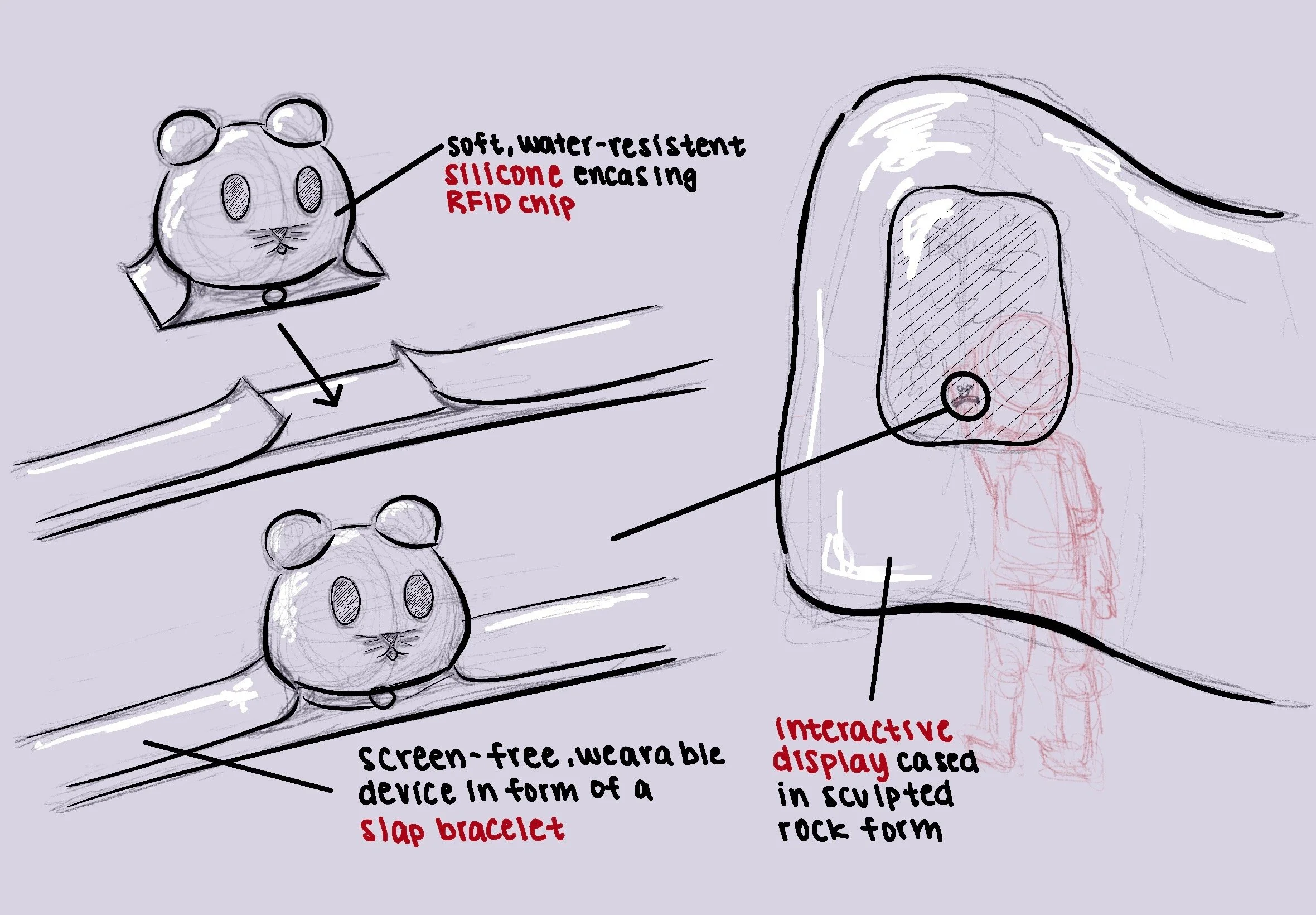
Phase 1: Exploration
life-size scale exploration
form exploration
form exploration
tabletop sketches
concept research and inspiration
user testing (not pictured) with design inspiration
character trials
Phase 2: Our Brand
Digital Language
Playful and animated juxtaposed against sleek and organic forms.
App incorporation
Interactive map tracks completed quests and acts as a memory bank for future visits.
Our mission is to reimagine the zoo experience by creating an interactive, emotionally-driven journey that fosters meaningful connections between guests and wildlife. We aim to spark curiosity, inspire empathy, and encourage a lasting commitment to conservation.
Form inspiration: organic, smooth, cement-like finish
Phase 3: Final Prototyping
final interactive display prototyping process
SnapPaw prototyping process
showcase display
Write your WildQuest,
one paw-print at a time.
SnapPaw
SnapPaw is a screen-free, wearable device that enhances guest interaction throughout the WildQuest system. Distributed at the entrance and returned at a kiosk, it takes the form of a durable, water-resistant silicone slap bracelet with an embedded RFID chip. The bracelet activates location-based experiences like interactive signage, environmental effects, and audio storytelling tied to conservation themes. As part of the Guest Experience Enhancement initiative, SnapPaw encourages exploration and reinforces learning through multisensory engagement.
Tai
The Interactive Display at Tai the Tiger’s exhibit enhances the Siberian tiger exhibit through a narrative-driven experience blending digital signage with environmental storytelling. Housed in a sculpted rock enclosure, it activates hidden hieroglyphics and animated content when triggered by SnapPaw. This dual-mode setup offers basic educational information to all guests while providing an enriched layer for WildQuest users. The experience culminates in a digital tiger animation that guides visitors toward the real exhibit, fostering emotional engagement and accessible learning.
